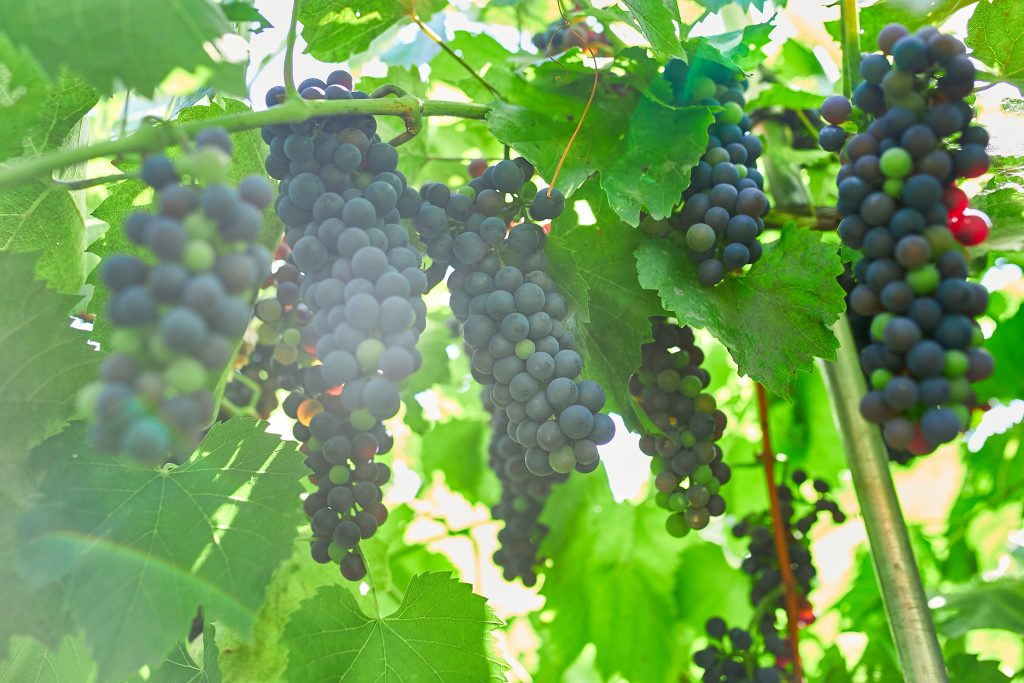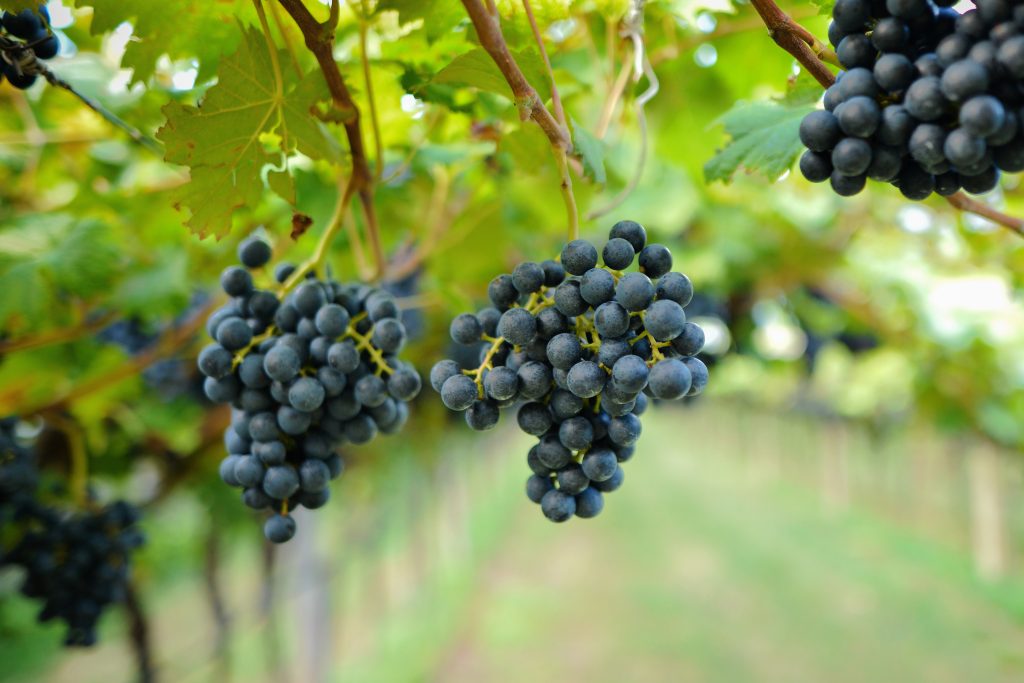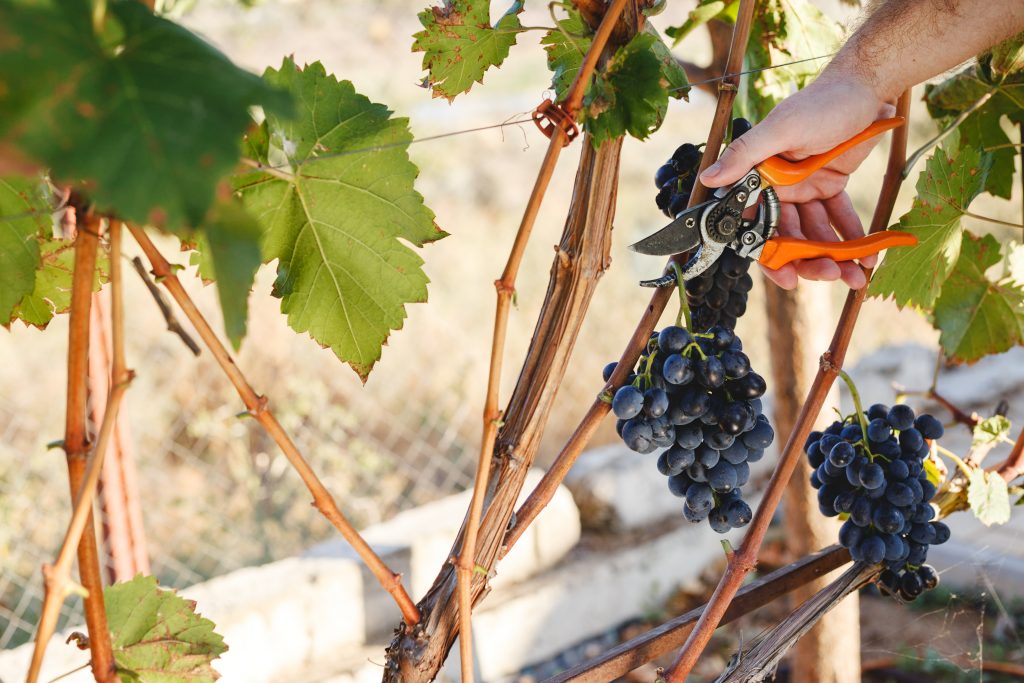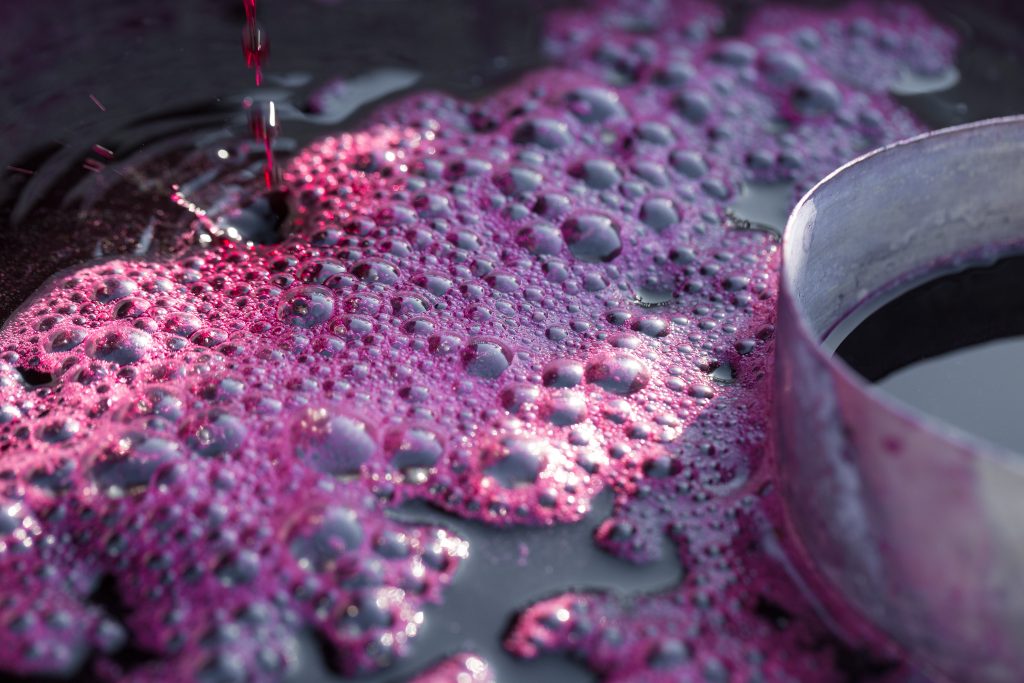In the week of International Garnacha Day, we explain everything you need to know about this great grape variety, which is one of the most widely planted around the world.
Garnacha is an ancient variety that has undergone several mutations that affected the colour of the berries and the hair on the underside of the leaves. It originated in Spain, probably in Aragon, although the latest research suggests that Garnacha comes from the Italian island of Sardinia, where it is known as Cannoanau.

Characteristics of Garnacha
Relatively early budding but late ripening, Garnacha should be grown in very warm climates. It is vigorous (less vigorous in sandy soils), susceptible to mildew, excoriosis, botrytis cinerea, bacterial necrosis, grapevine moth and millerandage.
Garnacha has a very high sugar level in the berries which causes it to lose colour if the yield is too high. Acidity levels tend to be moderate. It is also well adapted to slightly acidic, gravelly and limestone rich soils.

As far as this grape variety is concerned, short pruning and goblet training are recommended. It has a good resistance to drought, although it is prone to magnesium deficiencies.
On the other hand, Garnacha has a good resistance to wood diseases such as tinder and eutypiosis, which partly explains the remarkable longevity of the vine.
Where is Garnacha used to make wine?
Garnacha is one of the most widely planted grape varieties in the world, as it can thrive in hot, dry climates, making it a suitable variety in a changing climate where drought seems to be an increasingly common phenomenon. It is often blended with Syrah and Monastrell.
In France, Grenache is the second most planted variety after Merlot, especially in the Rhône and Languedoc-Roussillon area where it appreciates high temperatures.

The best examples of French Grenache wines are found in Châteauneuf-du-Pape where Grenache wines are deep in colour and often tannic in their youth. They are sometimes somewhat vegetal, spicy and have a high alcohol level where sweet and ripe sensations are common.
In Spain, it is predominant in Aragón, Castilla y La Mancha, Castilla y León, Cataluña, La Rioja, Madrid, Extremadura, Navarra and Valencia, being the third most planted after Tempranillo and Bobal.
For years, Garnacha was considered inferior in quality compared to Tempranillo, but during the 90’s it was highly appreciated in the Priorat region, exceeding the maximum prices per kilo of grapes, so many producers changed their point of view.

The Garnacha varietal is now more likely to appear on labels and some export markets appreciate the sweet, concentrated fruit in wines made from old Garnacha from regions such as Empordà, Campo de Borja, Cariñena, Costers del Segre, Madrid, La Mancha, Méntrida, Somontano, Tarragona, Terra Alta and Utiel-Requena.
Some of the best producers of Garnacha wines are: Celler Mas Doix, Celler Vall Llach, Mas Martinet, Álvaro Palacios and Terroir al Limit in Priorat; Chivite and Guelbenzu in Navarra; and Can Blau, Orto Vins and Portal del Montsant in Montsant.






